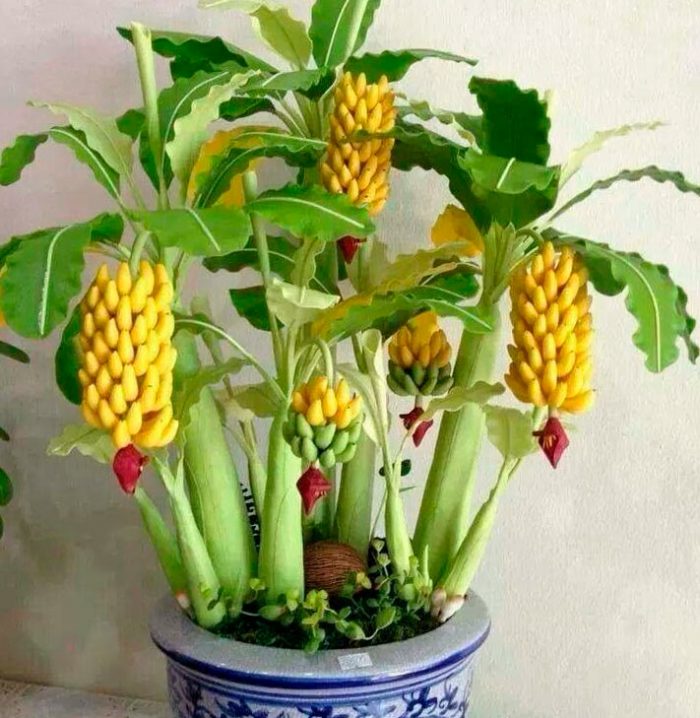
(Grow Banana Trees In Pots,small Banana Trees, Banana Trees)
The herbaceous fruit plant homemade banana (Musa) is part of the Banana family. In nature, it can be found in Australia, Ecuador and Mexico, and it prefers to grow in regions with tropical climates.
The banana comes from the Indian subcontinent, Southeast Asia. If the bush grows in the most favorable conditions, then it can reach a height of about 10 meters. The fruits of this plant are referred to as berries. In European countries, bananas are used to decorate greenhouses, and they are also cultivated in greenhouses.
A florist can also grow such an unusual plant for a room culture. With proper care during the year in growth, it can add about 100 cm. The lifespan of a home banana is short - about 5 years, and the maximum height is about 200 cm. For the first time, the bush blooms no earlier than three years of age.
At the top of the trunk, an inflorescence is formed in the form of a cone. When fruiting ends, stem death is observed, which should be reanimated by shoots.
Brief description of cultivation
- Temperature . In the warm season - from 26 to 30 degrees, and in winter - from 18 to 21 degrees.
- Air humidity . Must be elevated (at least 65 percent). Frequent humidification with a sprayer or the use of a household humidifier is recommended.
- Lighting . Lots of bright light. Southwest, southeast and southeast orientation windows are best suited.
- Watering . Moisten the soil mixture abundantly. In the warm season - once every 2-3 days, and in winter - once a week. Regular warm showers are required.
- Land mixture . You can purchase a special soil mixture for a banana, as well as prepare it yourself by combining peat, sand, turf and leafy soil (1: 1: 1: 2).
- Fertilizer . In the spring-summer period, they are fed once a week, while organic matter and universal mineral fertilizer in a diluted form are alternately used. In the autumn-winter period, feeding is not carried out.
- Transplant . Every year in the spring.
- Reproduction . By seed method, lateral processes and dividing the bush.
- Features of care . The plant needs a regular supply of fresh air. In summer, in warm weather, it can be moved outside, while choosing a place for it that has reliable protection against drafts.
Banana care at home
If you properly care for a home banana and create favorable conditions for it, then there should be no problems with growing it indoors.
Bloom
The bush blooms only after 16 or 17 wide and large leaf plates are formed on it. This usually happens after the plant is 3 years old. The banana blooms in mid-July. Its foliage at this time is collected at the top of the stem in the shape of an umbrella.
After a heart-shaped leaf is formed at the very top, a large panicle-shaped inflorescence will appear from the central part of the rosette, which includes many small flowers of a pale green or cream color. As the flowers gradually bloom, the inflorescence increases in length and goes down, in natural conditions its length can reach 150 cm. The bush can bloom for 6-12 weeks.
There are both heterosexual and bisexual flowers. If the female flowers are pollinated, then bean-shaped fruits will form in their place, which are collected in a "bunchu" (brush). After some time, the foliage is observed dropping down. And after a while they fly around.
Temperature
Homemade banana is a very thermophilic plant. Therefore, special attention should be paid to the temperature regime, which should be optimal throughout the year. In the warm season, the air temperature in the room can vary from 26 to 30 degrees, and in the winter months - from 18 to 21 degrees.
Air humidity
Since this is a tropical plant, it needs high humidity, which should be at least 65%. It is not easy to achieve such a level of humidity in room conditions, especially in winter, when the air is dry by heating devices. In this regard, in the warm season, the bush is moistened from the sprayer regularly 3 or 4 times a day, and in winter this procedure is carried out 1 or 2 times a day. Also, a pot with a plant can be placed in a deep tray filled with wet expanded clay. You can also put an open vessel with water near the bush, and if possible, it is recommended to use a household air humidifier.
Illumination
A banana needs a lot of bright light. The more ultraviolet radiation the bush receives, the better its growth and development will be. In this regard, experts recommend that it is imperative to choose the sunniest windows of southern, southeastern or southwestern orientation for such a plant.
If the banana does not receive enough light, it will lead to stunted growth, lack of flowering and fruiting. However, do not forget to shade the bush from the scorching rays of the sun on hot days, otherwise burns may appear on the foliage.
Watering
Homemade banana is a moisture-loving plant. Keep the potting soil slightly damp at all times. In the cold season, the bush is watered 1 time, and in the warm - about three times a week. Water it with well-settled water, the temperature of which should be slightly higher than room temperature.
Instead of watering, the plant is sometimes given a warm shower, to which it responds very well. Leave the wet bush in the bathroom for a while so that all the water can drain off.
Pot selection
Throughout the life of a banana, it will need to change its pot several times as it grows. In this case, the volume of the smallest pot should be 2 liters, and the largest - 50 liters. If the seedling you bought reaches a height of about 0.65 m, then for planting it, you can choose a container with a volume of 20 liters.
It is not necessary to acquire an excessively large container for a banana, because it may contain stagnation of moisture in the soil mixture, which leads to its acidification and the appearance of rot on the roots. However, remember that if the root system is cramped in the pot, this can lead to a deterioration in the development of the bush.
There must be drainage holes at the bottom of the pot, which will help to avoid stagnation of liquid in the soil mixture. Also, do not forget to lay drainage material on the bottom of the container during planting or transplanting a banana, the thickness of which should be at least 1/3 of the height of the pot.
Substrate
For growing a homemade banana, a fertile soil mixture is suitable, which is breathable and has neutral acidity. You can buy ready-made potting soil specially designed for growing bananas at a specialty store.
If desired, the soil mixture can be prepared independently, it is enough to combine sand, peat, leaf and sod soil (1: 1: 2: 1). To increase the friability of the substrate, it is recommended to add coconut soil, sphagnum and vermiculite to it.
Fertilizer
During the growing season, the bush must be systematically fed every 7 days. Top dressing is carried out after watering, for this, in turn, use a universal mineral fertilizer and organic matter, which should be diluted in water. After fertilization, the bush is transferred to a shaded place for 24 hours.
Banana transplant
Homemade banana grows quickly, so it needs a regular transplant, which is carried out annually in the spring. While the plant is young, it needs to be transplanted once every six months. You can understand that the bush needs a transplant by the following signs: the roots protrude on the surface of the soil mixture or stick out of the holes in the bottom of the pot.
The new container should be 30–40 mm larger than the old one. A rather thick drainage layer is made at its bottom, for this you can use expanded clay, pieces of brick or pebbles.
When replanting a bush, be sure to slightly deepen its base. This will provoke the growth of adventitious roots and an increase in yield. Remember that you need to transplant the banana using the transshipment method, which will prevent root injury. If the bush is old and very large, then it is not transplanted. Instead, he systematically replaces the top layer of the substrate with fresh soil mixture.
After transplanting or replacing the top layer of the substrate, the bush is watered with plenty of water and the pot is placed on a tray filled with wet expanded clay. Do not forget to put several plastic bottle caps under the bottom of the container. Thanks to this, the air will freely flow to the root system of the plant. After two days, gently loosen the surface of the substrate. And after 21 days, the first banana feeding should be carried out.
Pruning
Homemade banana doesn't need pruning. However, to rejuvenate the bush, the old plant is cut to the very root. After a while, young stems will appear.
Dormant period
Such a tropical plant does not have a dormant period. At any time of the year, the bush needs warmth and high humidity. However, in the winter months, the banana is given time during which it can have a good rest: the temperature is lowered to 20 degrees, the frequency of watering is reduced and fertilization is suspended.
Fruit growth
If the home banana is in favorable conditions for it (high humidity, warmth and bright light), then it will be able to bear fruit. A bush grown from a scion will be able to bear fruit in 1-2 years. A banana grown from seed will begin to bear fruit around the fourth year of growth. To stimulate the formation of fruits, the plant is fed in a timely manner.
Reproduction methods
Growing from seeds
Homemade banana seeds have a very hard shell and are difficult to germinate. In order for the sprouts to appear faster, the seeds need scarification. To begin with, they are immersed in water and left for several days. After that, a durable shell is processed with sandpaper or a manicure file.
Sowing of seed is carried out in a moistened substrate, and it needs to be buried quite a bit. From above, the container is covered with glass or film, after which it is placed in heat (about 30 degrees). The first seedlings will appear after about 10 weeks. Do not forget to systematically ventilate crops and moisten if necessary. Fortified seedlings can be planted in a larger pot.
Dividing the bush
During transplantation, you can divide the bush. To do this, a part with formed processes is separated from the adult rhizome with a knife. Treat the cuts with crushed charcoal, and plant the cut in a separate pot.
Reproduction by shoots
It is quite simple to propagate such a plant by shoots. To do this, carefully cut off a fragment from a fully formed rhizome, which has several leaf plates. Powder the cuts with charcoal powder. Place the scion in a pot.
The most popular indoor propagation methods for bananas are vegetative. The fact is that the cuttings and processes take root rather quickly and after 1–2 years they begin to bear fruit.
Possible problems
If the home banana is not properly cared for, then a number of problems can arise with it:
- Stopping growth . It is too dark and the roots are cramped in the container. You will need to transplant into a larger pot and transfer the bush to a brighter place.
- The edges of the foliage dry up . Excessively low humidity. Increase the amount of moisture, add wet pebbles to the pan.
- Brownish black specks on foliage . Roots rotted from stagnation of liquid in the substrate. Cut off decayed roots, sprinkle the cuts with crushed charcoal and replace the substrate with fresh.
- There are dark spots on the foliage of a young plant . This feature is manifested in some banana varieties. After a while, the spots will disappear.
- Drying and dying off of the sprout . This is a completely natural process that occurs at the very end of fruiting.
- A slimy rot appeared on the stem . Stagnation of moisture in the substrate or spraying the bush at a low temperature in the room. Cut off the affected parts of the plant, treat with a fungicide, observe the correct watering regime.
- Pests . Spider mites, scale insects and thrips can settle.
What bananas can be grown at home
Homemade banana is quite rare in indoor culture. Thanks to selection, varieties were born for indoor cultivation.
Fruit bananas (fruits that can be eaten)
As a rule, they are grown to obtain a large number of fruits with high taste characteristics. To obtain such varieties, 2 popular types were taken as a basis: Pointed Banana and Balbis Banana. The best varieties:
Banana Cavendish Super Dwarf
The foliage of such a stunted plant is greenish and dense. The flowers are deep red. Gives a rich harvest.
Banana Cavendish dwarf
Low-yielding plant. Large, wide leaves are painted in a deep green hue. The color of the flowers is burgundy.
Decorative leafy and flowering bananas
These banana varieties are grown for their showy large leaves and flowers. The fruits should not be eaten. Their pulp contains many small, hard seeds. Popular varieties:
Chinese dwarf banana, Golden lotus (Musella lasiocarpa)
The bush has a height of about 1 m. It is decorated with large emerald leaves and a large golden inflorescence.
Bloody banana (Musa sumatrana Zebrina)
Wide leaves are decorated with an unusual greenish-burgundy pattern. Small red fruits should not be eaten.
Velvet banana (Musa velutina)
Greenish oval leaf plates have scarlet edging. The flowers are relatively large, deep pink in color. Red fruits are conventionally edible.
Useful properties of a banana
Homemade banana fruit is edible and delicious. They can be eaten raw and can also be used to prepare a variety of dishes. They contain such useful substances as: iron, calcium, potassium, phosphorus, organic acids, sucrose, as well as vitamins A, C, PP, E and B.
In alternative medicine, banana fruit is used to lower blood pressure and to increase hemoglobin levels. It also contains tryptophan, which can improve mood.
For the preparation of anti-burn and anti-inflammatory drugs, it uses different parts of a banana. It is also used in cosmetology. For weaving ropes and fishing gear, foliage and shoots are used. A nutritious infusion is prepared from the peel, which is fed to indoor plants.
Learn More
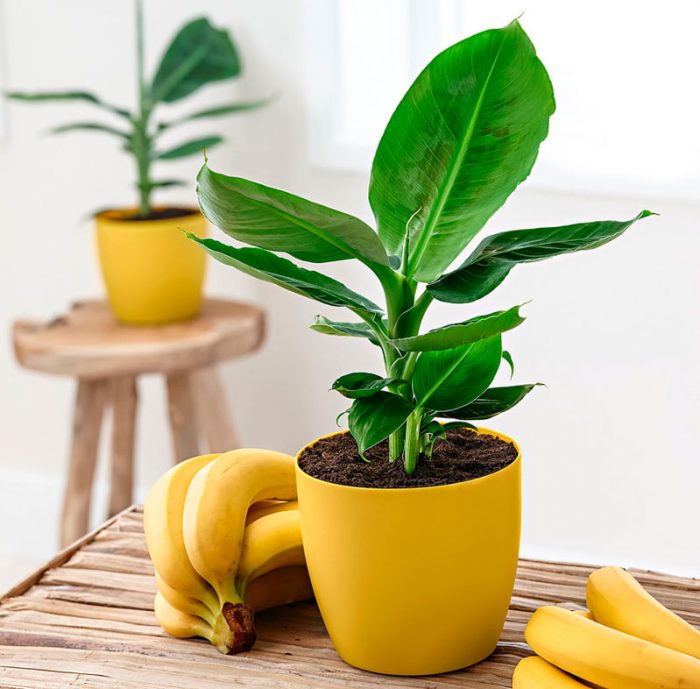
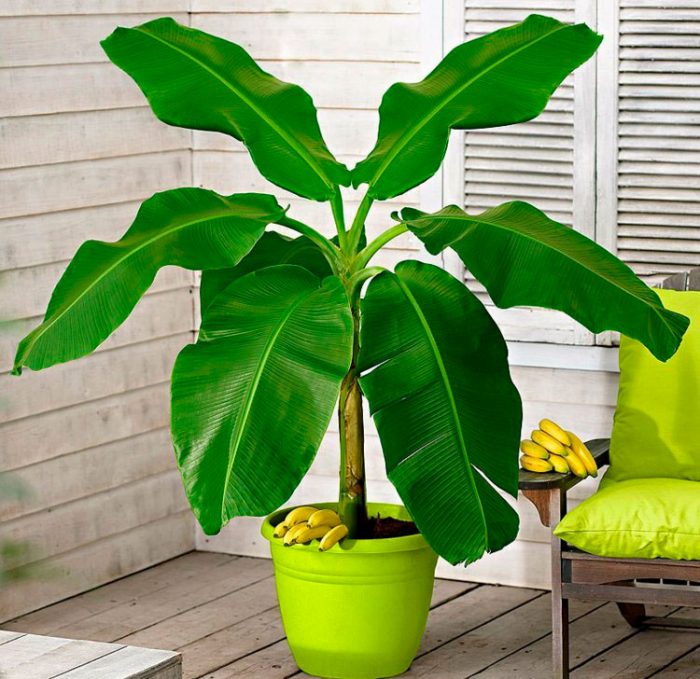
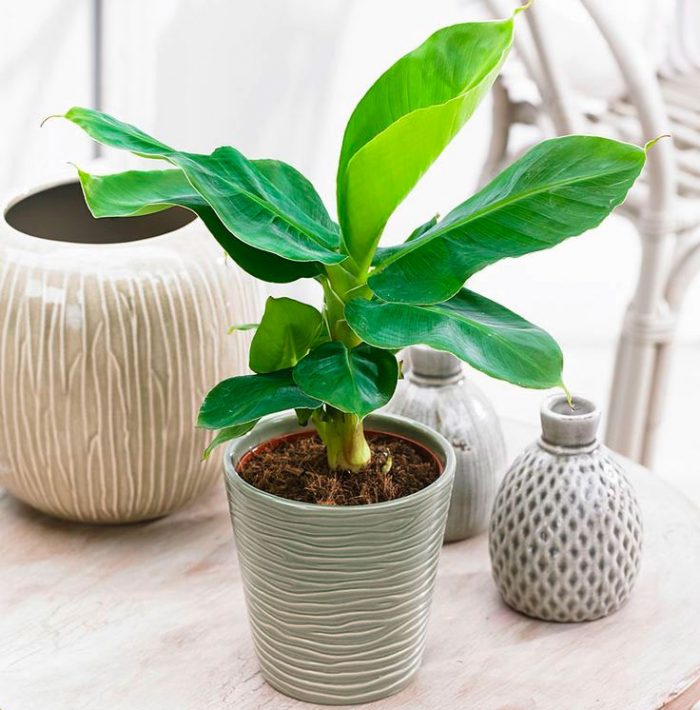
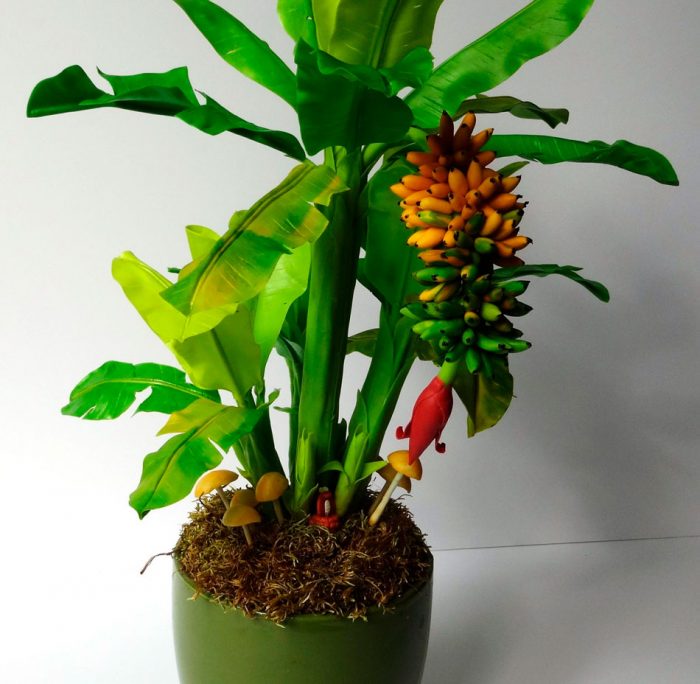
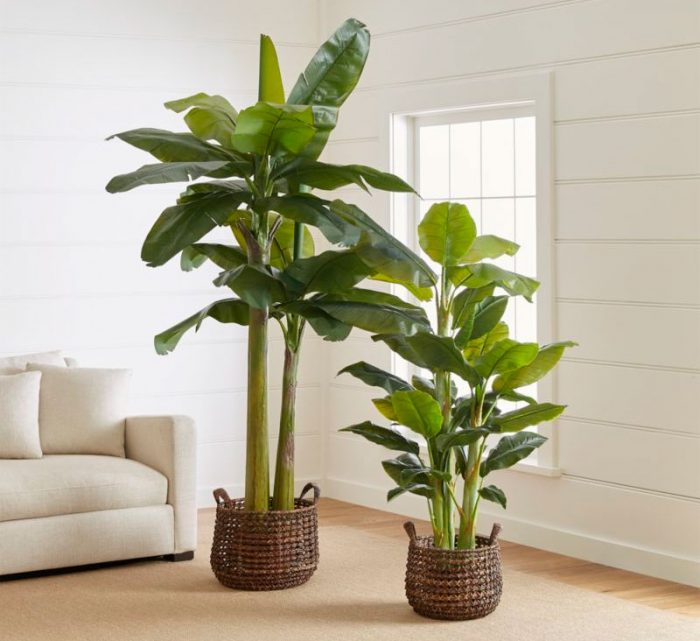
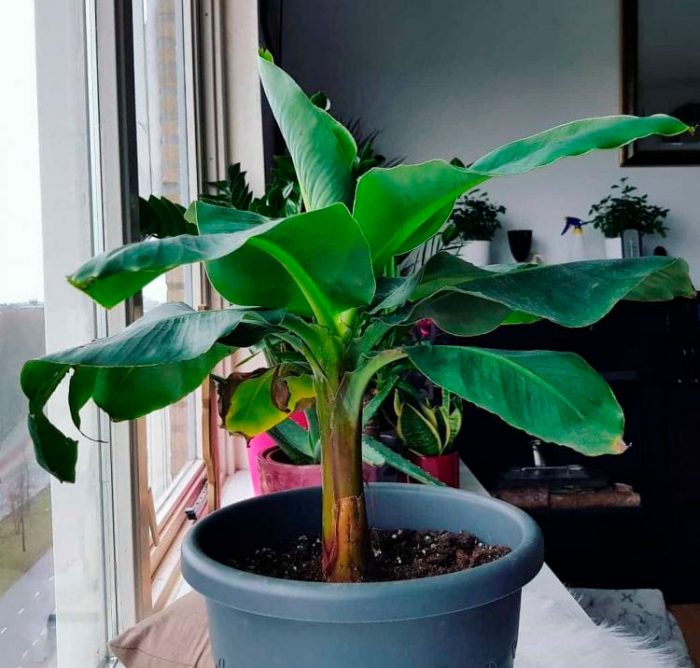
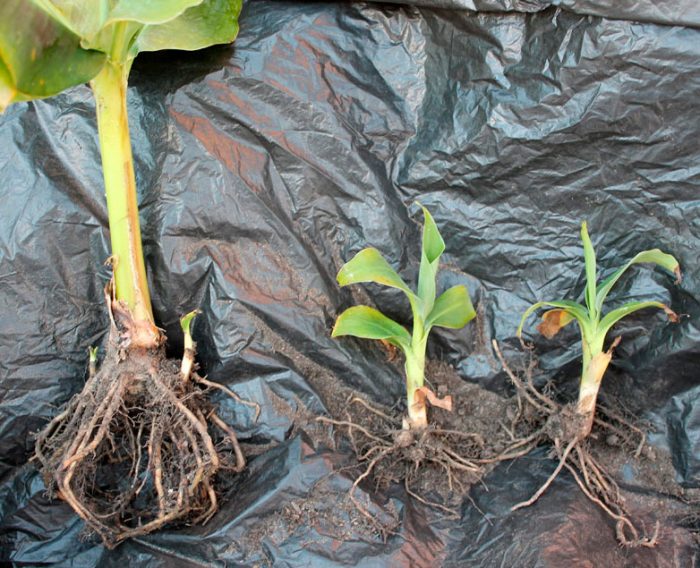

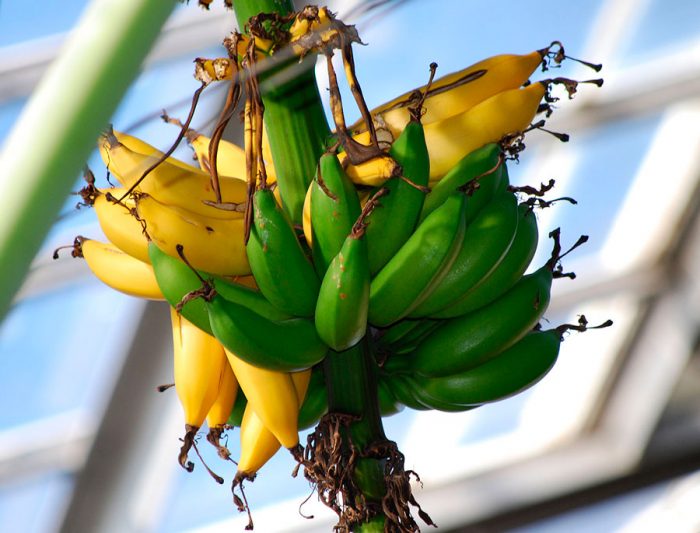

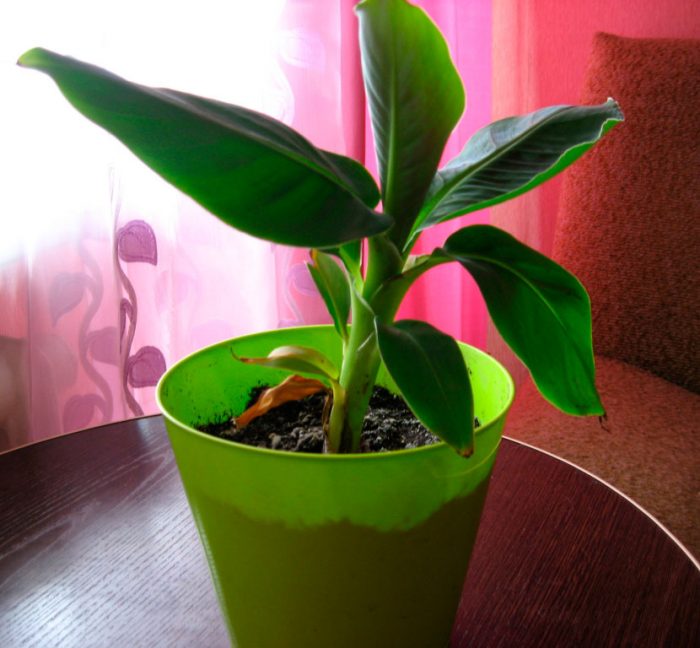
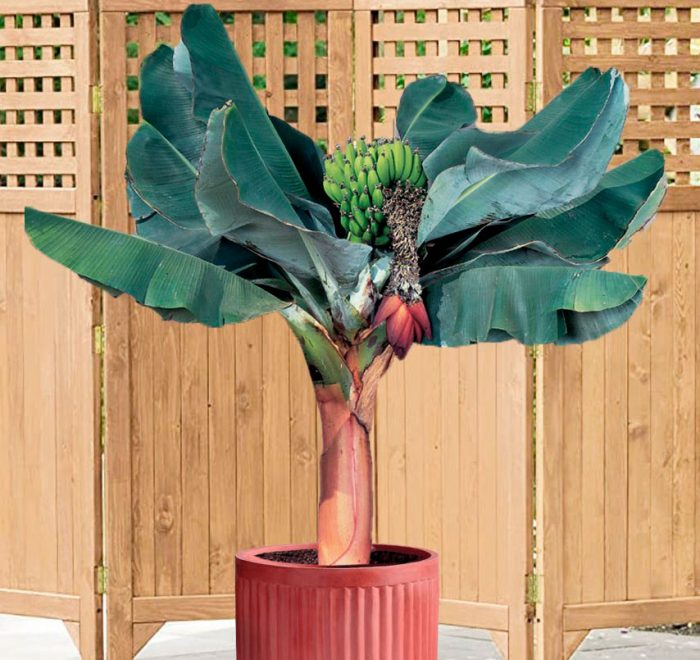
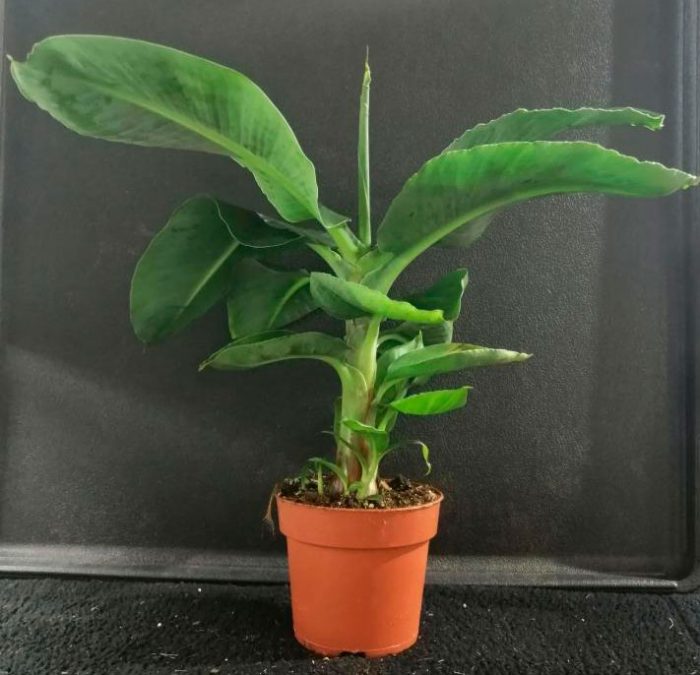
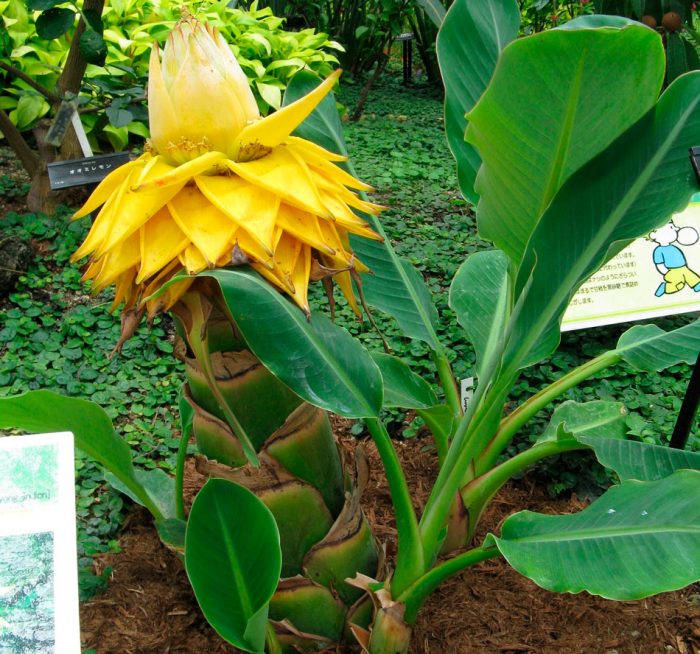
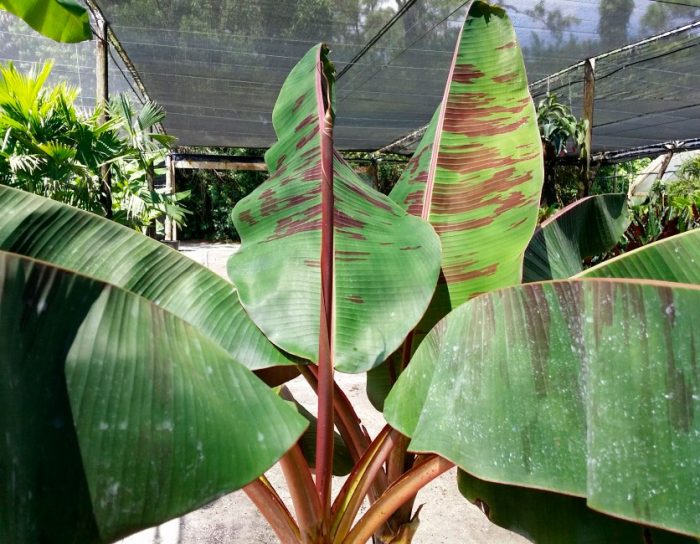
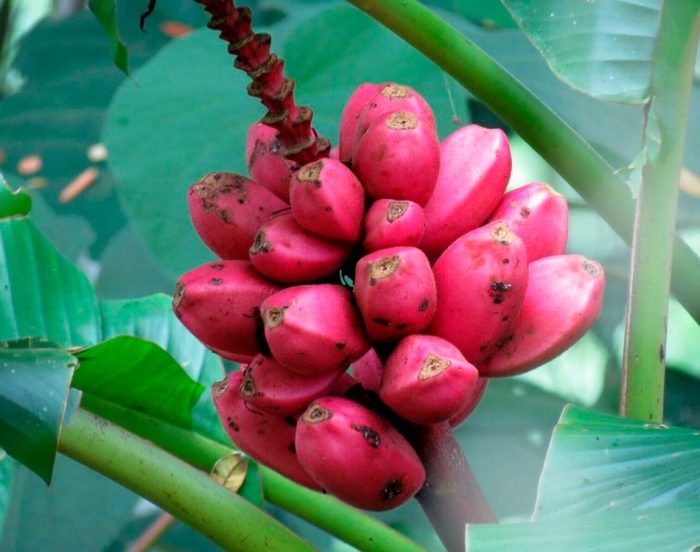
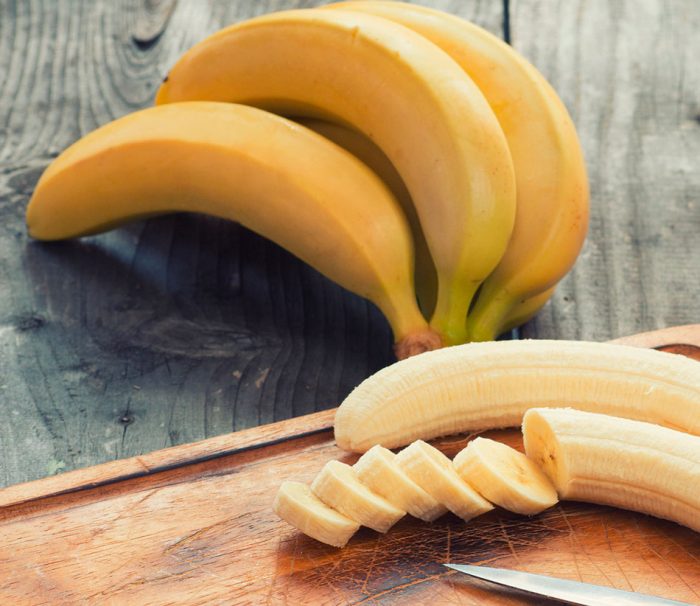

.jpeg)


0 Comments
Post a Comment